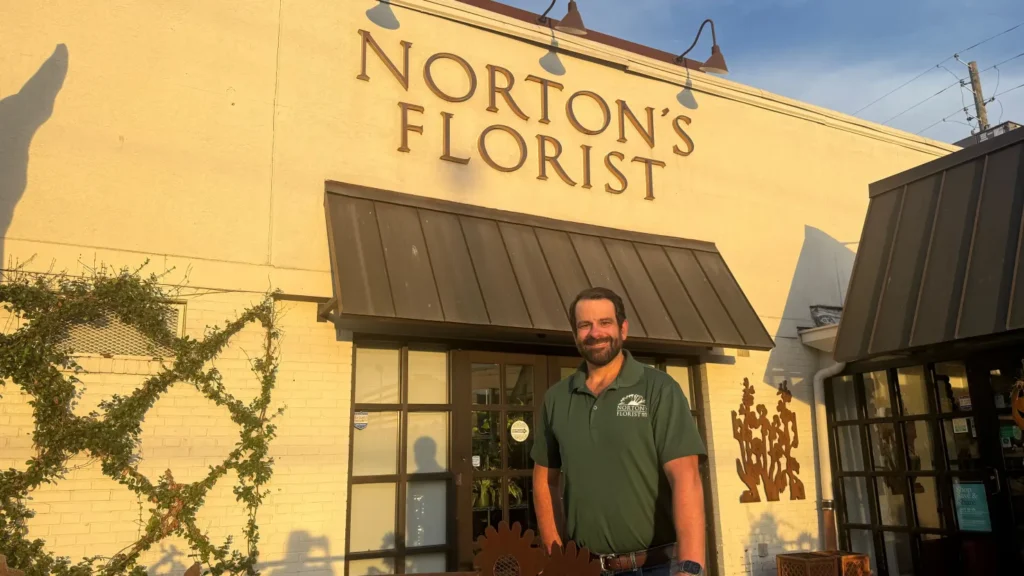While Silicon Valley rides the wave of the AI boom, small business owners across the United States are living a completely different reality.
For Cameron Pappas, who runs Norton’s Florist in Birmingham, Alabama, the AI revolution is something he only hears about in the news.
His focus is on surviving day-to-day challenges — rising costs, tighter margins, and customers who are spending less.
Stay Creative to Keep Up with the New AI Boom
“We’ve just got an eagle eye on all of our costs,” says the 36-year-old business owner.
Norton’s brought in about $4 million in revenue last year, selling flowers and gifts to locals.
But with prices climbing because of new tariffs, Pappas has had to get creative just to keep his customers.
“If a bouquet has 25 stems, we’ll cut that down by a few.
It keeps prices the same, and people still get something beautiful,” he explains.
The Real Economy Tells a Different Story
While businesses like his fight to stay afloat, Wall Street is celebrating record gains.
Tech giants such as Nvidia, Microsoft, and Alphabet are powering the stock market to new highs.
According to JPMorgan Chase, AI-related investments alone contributed about 1.1% to U.S. GDP growth in the first half of 2025, more than what consumers added.
The economy grew at an annual rate of 3.8% in the second quarter, bouncing back from a weak start to the year.
But behind those big numbers, the real economy tells a different story.

How Does the AI Boom Affect Manufacturing
Manufacturing has been shrinking for seven straight months, and construction costs have jumped nearly 5% from a year ago because of tariffs and higher interest rates.
Meanwhile, the stock market looks increasingly unbalanced. Eight AI-driven companies, including Nvidia, Apple, Amazon, and Meta — now make up about 37% of the S&P 500’s total value.
Their success has pushed indexes to record highs, even as traditional sectors struggle.
Retailers Status:
Retailers, for instance, are feeling the squeeze of AI boom.
Target recently announced 1,800 job cuts, its biggest round of layoffs in a decade, as shoppers pull back.
As NYU’s Arun Sundararajan puts it: “AI might be lifting GDP, but most of the economy is still growing modestly at best.”
For small business owners like Pappas, the AI boom isn’t a breakthrough, it’s a reminder of how distant the world of Wall Street feels from the one they live in every day.


